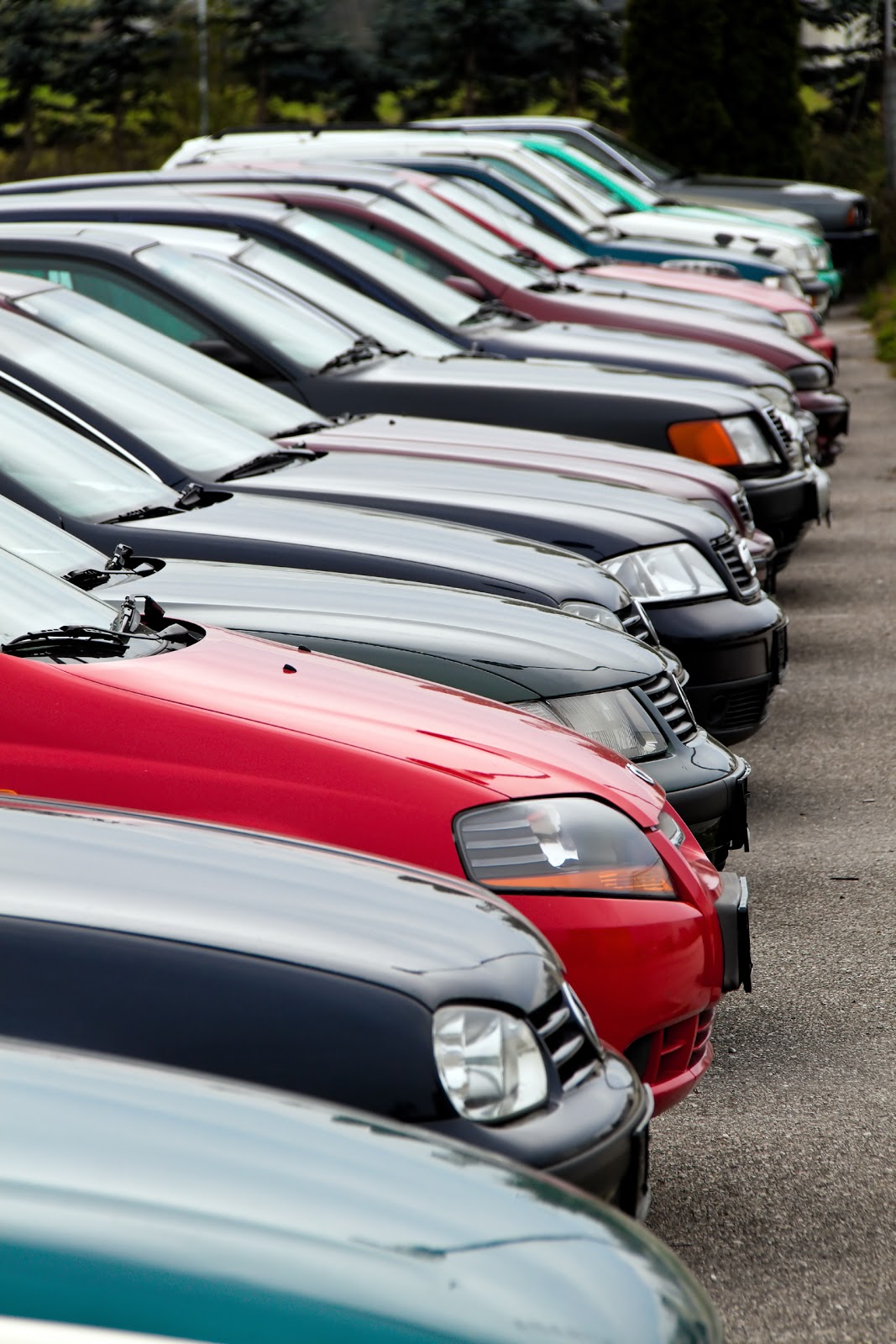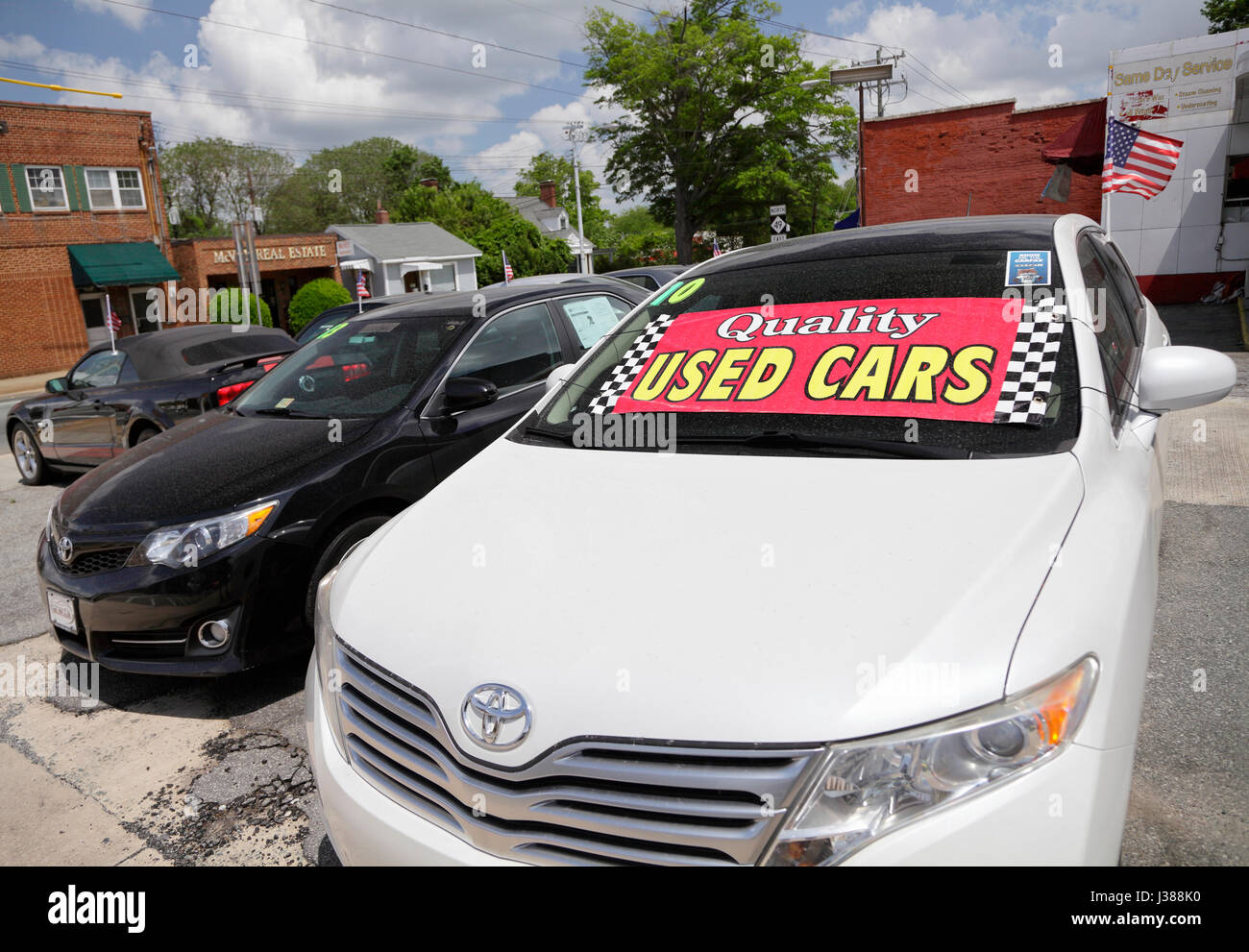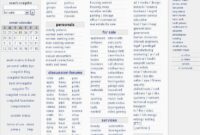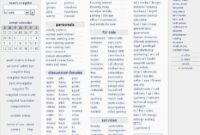Used Auxiliary Fuel Tanks For Pickup Trucks: Extending Your Range and Your Dollar pickup.truckstrend.com
For pickup truck owners, the open road often calls, whether for work, recreation, or simply the daily grind. But the limitations of a standard fuel tank can quickly become apparent, especially when towing heavy loads, venturing off the beaten path, or tackling long hauls through remote areas. This is where an auxiliary fuel tank becomes an invaluable asset, providing extended range, greater convenience, and often, the ability to capitalize on lower fuel prices. While new auxiliary tanks represent a significant investment, the market for used auxiliary fuel tanks for pickup trucks offers a compelling and cost-effective alternative. This comprehensive guide will explore everything you need to know about navigating the used market, ensuring you find a reliable and safe solution to your fuel storage needs.
Why Consider a Used Auxiliary Fuel Tank?
Used Auxiliary Fuel Tanks For Pickup Trucks: Extending Your Range and Your Dollar
The allure of a used auxiliary fuel tank primarily lies in its economic advantage. Acquiring a pre-owned unit can save you hundreds, even thousands, of dollars compared to buying new, allowing you to allocate those savings elsewhere or simply enjoy the benefits of extended range without breaking the bank. Beyond cost, used tanks offer:
- Extended Range: The most obvious benefit. Haul more, drive further, and worry less about finding the next gas station, particularly in rural or remote locations.
- Fuel Management: Purchase fuel when prices are low and carry it with you, potentially saving money over time.
- Convenience: Reduce the frequency of refueling stops, saving time and hassle on long trips or busy workdays.
- Versatility: Ideal for contractors, farmers, RVers, off-road enthusiasts, or anyone needing to transport fuel for equipment or vehicles.
However, the savings come with the responsibility of careful inspection and informed decision-making. Unlike new products with warranties, a used tank’s condition is paramount.

Understanding Types of Auxiliary Fuel Tanks
Before diving into the used market, it’s crucial to understand the different types of tanks available, as their design dictates their primary function and safety considerations.
- Transfer Tanks (Non-Auxiliary): These are the most common type found in the used market. They are designed only for transporting fuel (typically diesel or off-road diesel) and transferring it to other vehicles or equipment. They are not intended to be plumbed directly into your truck’s main fuel system. They usually feature a manual or electric pump for dispensing fuel. Crucially, most transfer tanks are not DOT-approved for carrying gasoline due to different venting and construction requirements for highly volatile fuels.
- Auxiliary Fuel Tanks (Gravity Fed or Pumped into Main Tank): These tanks are designed to integrate directly with your truck’s fuel system, extending its primary fuel capacity. They are often equipped with a sophisticated plumbing system, including a pump or gravity feed, fuel lines, and sometimes a switching valve to select which tank the engine draws from. These tanks have stricter DOT regulations, especially for gasoline, regarding baffling, venting, and material construction to prevent spills and explosions. Finding DOT-approved used gasoline auxiliary tanks can be challenging and often more expensive.

Material Types:
- Aluminum: Lightweight, corrosion-resistant, and aesthetically pleasing. Generally more expensive new, so a used aluminum tank can be a great find. Less prone to rust.
- Steel: Very durable and robust, but susceptible to rust if not properly maintained or coated. Often heavier.
- Polyethylene (Plastic): Lightweight, rust-proof, and often the most affordable option. Can be less durable than metal and may degrade over time with UV exposure or extreme temperatures.

Shapes and Configurations:
- L-Shaped: Designed to fit around a wheel well, maximizing bed space.
- Rectangular: Simple, box-like design, often occupying a specific section of the truck bed.
- Toolbox Combo: Integrates a fuel tank beneath a storage toolbox, offering dual functionality.
- In-Bed: Sits directly in the truck bed, requiring secure tie-downs.
- Under-Bed/Replacement: Replaces the factory fuel tank or fits in an unused space under the bed. Less common in the used market for auxiliary purposes.
Key Considerations When Buying a Used Auxiliary Fuel Tank
Purchasing a used fuel tank requires a meticulous approach. Your safety, the safety of others, and the longevity of your investment depend on it.
-
Condition is King:
- Exterior: Look for dents, cracks, significant rust (on steel tanks), or deep scratches. Any of these can compromise structural integrity. Pay close attention to welds.
- Interior (if visible): For metal tanks, check for internal rust or sludge, which can contaminate fuel and damage your truck’s fuel system. A flashlight can help.
- Seals and Gaskets: Inspect filler caps, fuel sender units, and pump connections for signs of leaks or deterioration. Replace any suspect seals.
- Fittings and Connections: Ensure all bungs, ports, and threaded connections are intact and not stripped.
- Pumps and Hoses (for transfer tanks): Test the pump if possible. Check hoses for cracks, stiffness, or signs of dry rot. Nozzles should operate smoothly.
-
Fuel Type Compatibility & Legality (CRITICAL):
- Diesel vs. Gasoline: Most used transfer tanks are designed only for diesel. Gasoline is highly volatile and requires specific anti-slosh baffling, robust venting systems (often rollover valves), and construction materials designed to prevent static discharge and explosion. Never use a tank designed for diesel to carry gasoline unless it is explicitly certified for gasoline transport and storage (DOT-approved). Doing so is extremely dangerous and illegal.
- DOT Compliance: For auxiliary tanks plumbed into your truck’s system, or even large transfer tanks, ensure they are DOT (Department of Transportation) compliant. This is crucial for safety and legality, especially if crossing state lines. Look for a DOT certification stamp or label.
- State and Local Regulations: Research local laws regarding fuel transport and auxiliary tank installation. Some states have limits on the total fuel capacity you can carry without a commercial driver’s license or specific HAZMAT endorsements.
-
Capacity and Dimensions:
- Fitment: Measure your truck bed carefully (length, width, height, accounting for wheel wells) and compare it to the tank’s dimensions. Consider clearance for tonneau covers, toolboxes, or other bed accessories.
- Weight: Fuel is heavy (diesel ~7.1 lbs/gallon, gasoline ~6 lbs/gallon). A 100-gallon tank full of diesel adds over 700 lbs, plus the weight of the tank itself. Ensure your truck’s payload capacity can handle the added weight safely, including passengers and other cargo.
- Practical Needs: How much extra fuel do you realistically need? Don’t buy a tank larger than necessary, as it adds unnecessary weight and reduces available bed space.
-
Mounting and Installation:
- Secure Mounting: The tank must be securely fastened to your truck bed to prevent shifting during braking, acceleration, or turns. Look for robust mounting tabs or points on the used tank.
- Hardware: Does the seller include mounting hardware? If not, factor in the cost and effort of sourcing appropriate straps, bolts, and brackets.
- Plumbing (for auxiliary tanks): If you’re buying a true auxiliary tank, understand the complexity of integrating it into your fuel system. This often requires professional installation due to the risks involved with fuel lines and electrical connections. Even for transfer tanks, proper grounding is essential to prevent static electricity buildup.
Practical Advice and Inspection Checklist for Used Tanks
- Meet in Person: Whenever possible, inspect the tank in person. Pictures can be deceiving.
- Bring a Flashlight: To thoroughly inspect the interior and hard-to-reach areas.
- Check for Leaks: Even if dry, look for residue or staining that indicates past leaks. If possible, fill it with a small amount of water or air pressure (safely!) to check for current leaks before buying.
- Test Components: If it has a pump, try to test it. Spin the filler cap to ensure it seals properly.
- Ask Questions:
- What was the tank used for? (Fuel type, frequency)
- Why are you selling it?
- Has it ever leaked?
- Was it DOT certified? Is there a label?
- How was it stored when not in use?
- Are there any accessories included (pump, hoses, mounting hardware, fuel gauge)?
- Seller Reputation: If buying online, check seller reviews. For local purchases, gauge their honesty.
- Don’t Rush: There are many used tanks available. If one doesn’t feel right, walk away.
Estimated Used Auxiliary Fuel Tank Price Table
The price of used auxiliary fuel tanks varies significantly based on material, capacity, condition, brand, included accessories (like pumps), and geographical location. This table provides estimated ranges to give you a general idea. Always negotiate and inspect thoroughly.
| Tank Type/Material/Capacity Range | Typical Used Price Range (USD) | Key Factors Affecting Price |
|---|---|---|
| Aluminum Transfer Tank | ||
| 50-75 Gallons | $300 – $800 | Condition, brand, pump type, age |
| 100-150 Gallons | $600 – $1,500 | Condition, brand, pump type, age |
| Steel Transfer Tank | ||
| 50-75 Gallons | $200 – $600 | Rust, dents, brand, pump type |
| 100-150 Gallons | $400 – $1,000 | Rust, dents, brand, pump type |
| Polyethylene Transfer Tank | ||
| 50-100 Gallons | $150 – $500 | UV degradation, cracks, brand |
| Aluminum Auxiliary Tank (Plumbable) | ||
| 30-60 Gallons | $500 – $1,200 | DOT certification, baffling, pump/valve system, brand |
| 70-100 Gallons | $800 – $2,000+ | DOT certification, baffling, pump/valve system, brand |
| Toolbox Combo Tanks | ||
| Aluminum (50-75 Gal) | $400 – $1,000 | Condition of toolbox & tank, brand, pump |
| Steel (50-75 Gal) | $300 – $800 | Condition of toolbox & tank, rust, pump |
Disclaimer: These are rough estimates. Prices can be lower for heavily used or damaged tanks, and higher for nearly new, premium brands with all accessories included.
Installation and Maintenance for Longevity
Even a used tank needs proper installation and ongoing maintenance to perform safely and reliably.
- Secure Mounting: Use heavy-duty straps, J-hooks, or bolts to secure the tank to your truck bed. Ensure it cannot shift or move.
- Grounding: Always ground metal tanks to your truck’s chassis to prevent static electricity buildup, especially critical when transferring fuel.
- Ventilation: Ensure proper venting is maintained. Blocked vents can cause pressure buildup or vacuum, leading to issues or damage.
- Regular Inspection: Periodically check the tank for leaks, rust, cracks, and the condition of hoses, pumps, and fittings.
- Cleanliness: Keep the tank clean, both inside and out. Contaminants in fuel can cause significant problems for your truck’s engine. If the tank sat unused, it’s wise to thoroughly clean and flush it before adding fuel.
- Seal Replacement: Over time, seals and gaskets will degrade. Replace them proactively to prevent leaks.
Challenges and Solutions
- Challenge: Leaks:
- Solution: Pinpoint the source. Small cracks in plastic might be patched with specialized repair kits. Metal tanks might require welding (only by a certified professional after the tank has been thoroughly purged and certified gas-free) or high-quality fuel-rated sealants. For fittings, replace gaskets or use thread sealant.
- Challenge: Rust (Steel Tanks):
- Solution: Surface rust can be sanded and repainted with rust-inhibiting paint. Pitting or rust-through indicates a severely compromised tank that should be replaced.
- Challenge: Pump Failure (Transfer Tanks):
- Solution: Many pumps are replaceable. Identify the make and model of the pump and source a new or rebuilt one. Check electrical connections first.
- Challenge: Legal Compliance Issues:
- Solution: Research your local and state DOT regulations before purchase. If a tank isn’t compliant for your intended use, it’s best to pass on it. Don’t compromise safety for a bargain.
Frequently Asked Questions (FAQ)
Q1: Are used auxiliary fuel tanks safe?
A1: Yes, if they are thoroughly inspected, properly installed, and used according to their design (e.g., diesel-only for diesel tanks). Safety hinges on your due diligence.
Q2: Can I use a used diesel transfer tank for gasoline?
A2: Absolutely not, in almost all cases. Gasoline requires specific DOT certifications, baffling, and venting systems to prevent explosions due to its volatility. Using a diesel tank for gasoline is extremely dangerous and illegal.
Q3: How do I check for leaks on a used tank?
A3: Look for stains or residue. For an empty tank, you can carefully pressurize it with a low-pressure air compressor (e.g., 5-10 PSI, never more than rated pressure) and spray soapy water on seams and fittings to look for bubbles. For a full tank, visually inspect for drips.
Q4: What’s the difference between a transfer tank and an auxiliary tank?
A4: A transfer tank transports fuel to dispense into other vehicles/equipment. An auxiliary tank integrates with your truck’s fuel system to extend its driving range. Auxiliary tanks have stricter regulations.
Q5: Is it hard to install a used auxiliary fuel tank?
A5: Installing a transfer tank is relatively straightforward (securing it and possibly wiring a pump). Installing an auxiliary tank that plumbs into your truck’s fuel system is complex and often requires professional help due to the risks involved with fuel lines, venting, and electrical connections.
Q6: What paperwork should I ask for when buying a used tank?
A6: Ideally, proof of purchase or original manuals if available, especially if it’s a newer tank. For DOT-certified tanks, check for the certification label.
Conclusion
A used auxiliary fuel tank for your pickup truck can be a game-changer, offering unmatched convenience and freedom from the constant search for fuel stops, all while saving you money. However, the used market demands an informed and diligent approach. By understanding the different types, meticulously inspecting potential purchases, adhering to safety guidelines, and ensuring legal compliance, you can confidently acquire a reliable, cost-effective solution that extends your truck’s capabilities and enhances your adventures for years to come. Remember, when it comes to fuel, safety should always be your top priority.



